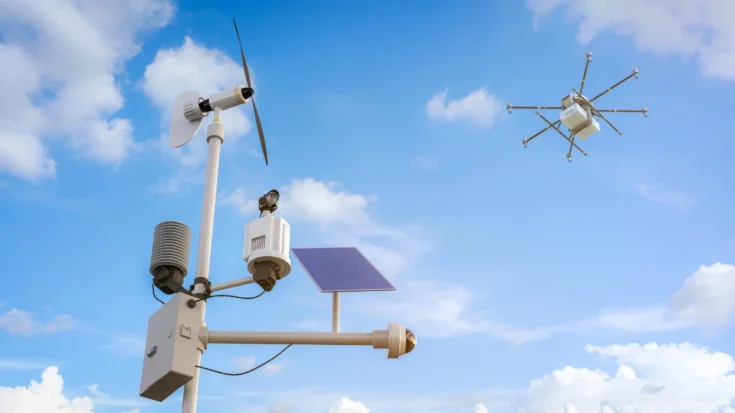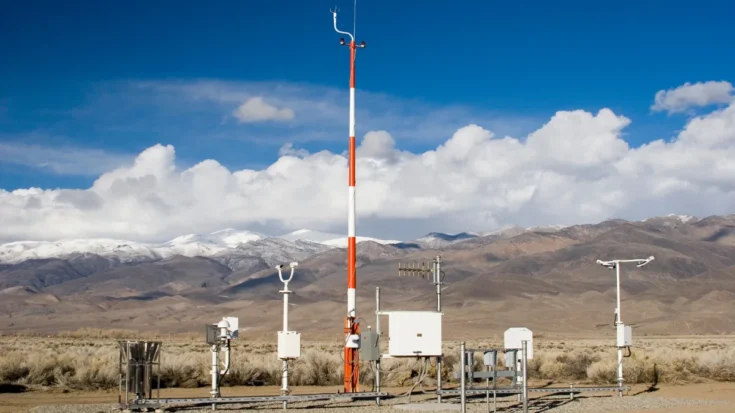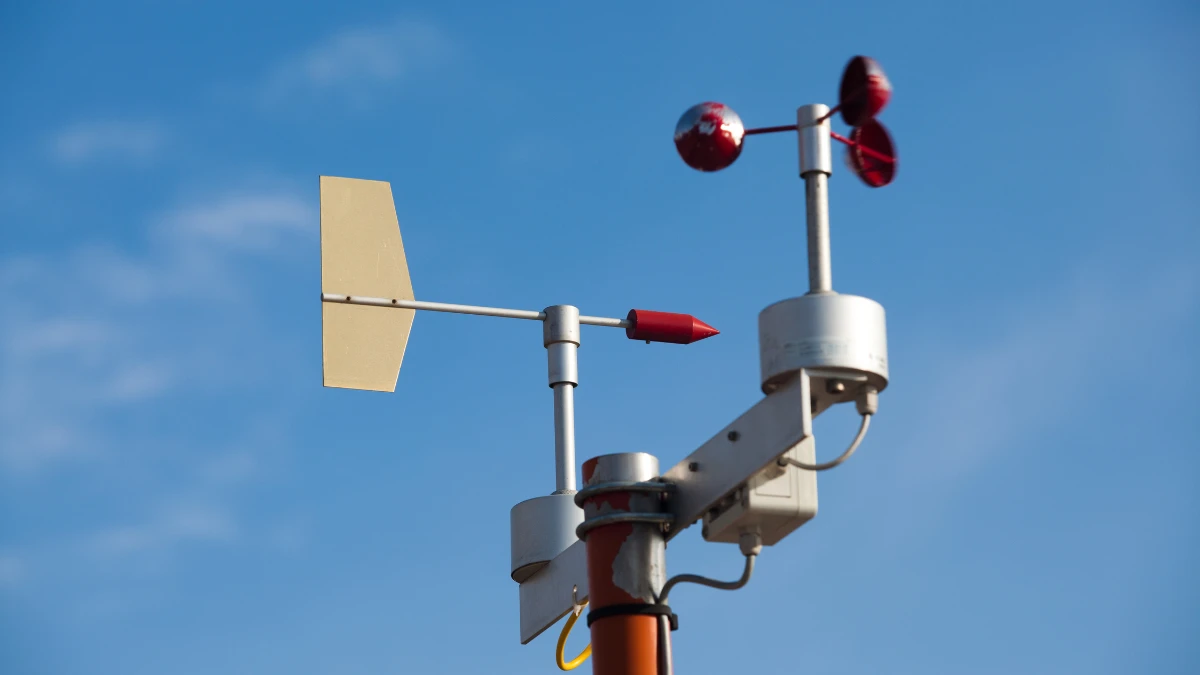From the many benefits that weather stations have, they are widely used in various sectors, one of which is transportation. A weather station for transportation is an innovation from the development of weather stations in the business sector.
A weather station for transportation has functions from safety, and route planning, to efficiency improvement.
This article will further inform four functions and the application of weather station for transportation that you can feel when using them.
Also Read
Table of Contents
What is a Weather Station for Transportation

In the context of transportation, a Weather Station is a system that measures and monitors atmospheric conditions at key locations, such as airports, ports, or major transportation routes.
The weather information generated is crucial for planning trips, maintaining safety, and improving the efficiency of transportation operations.
The Weather Station itself is a device that measures various weather elements, including temperature, humidity, air pressure, wind speed and direction, rainfall, and solar radiation.
The Functions of Weather Station for Transportation

Weather stations are essential in transportation because they provide real-time weather data that allows for safer and more efficient route planning, and reduces the risk of accidents. Here are the functions of weather stations for transportation:
1. Safety
One of the main functions of weather stations for transportation is to maintain safety. Weather stations can help ensure travel safety by providing information about weather conditions that can affect transportation.
Information about storms, high waves, or low visibility can be informed by weather stations, helping to prevent accidents.
2. Route planning
Another function of a weather station for transportation is route planning. Accurate weather data allows for safer and more efficient route planning.
This is very useful for flights and ships. On flights, for example, to rearrange or delay departure if weather conditions are not possible. While on ships it can function in changing destinations to avoid bad conditions.
3. Decision making
Weather stations can help make decisions during bad weather. The information provided by weather stations is important for those who regulate air and sea traffic so that they can make the right decisions regarding transportation operations.
4. Monitoring local weather conditions
Weather stations are capable of monitoring local weather conditions. This works at airports and seaports to consider transportation operations in the area.
5. Efficiency improvement
Another function of weather stations for transportation is efficiency improvement. Accurate weather data helps optimize transportation operations, such as arranging flight schedules or organizing freight shipments.
The Application of Weather Station for Transportation
Here’s an example of the application of a weather station for transportation:
- Airports: Monitoring weather such as wind, rain, and visibility for safe take-off/landing.
- Ports: Weather data can be useful in keeping ships safe, and preventing damage due to waves or wind.
- Roadways: Identify road hazards in case of flooding or slipperiness for preventive measures.
Those are the functions of weather station for transportation that you need to know. Another thing to note is that weather station on the market uses LoRaWAN technology, this technology must pass the certification test from the Directorate General of Digital Infrastructure (DJID).
With DJID certification, users can feel calm about using a weather station for transportation device whose quality and security are guaranteed. For manufacturers or importers of weather station for transportation devices, obtaining certification from DJID is a mandatory step before the device can be officially marketed in Indonesia.
To simplify the certification process, you can use Type Approval Certification Services for ICT Products are available to assist with this process as a reliable solution.











